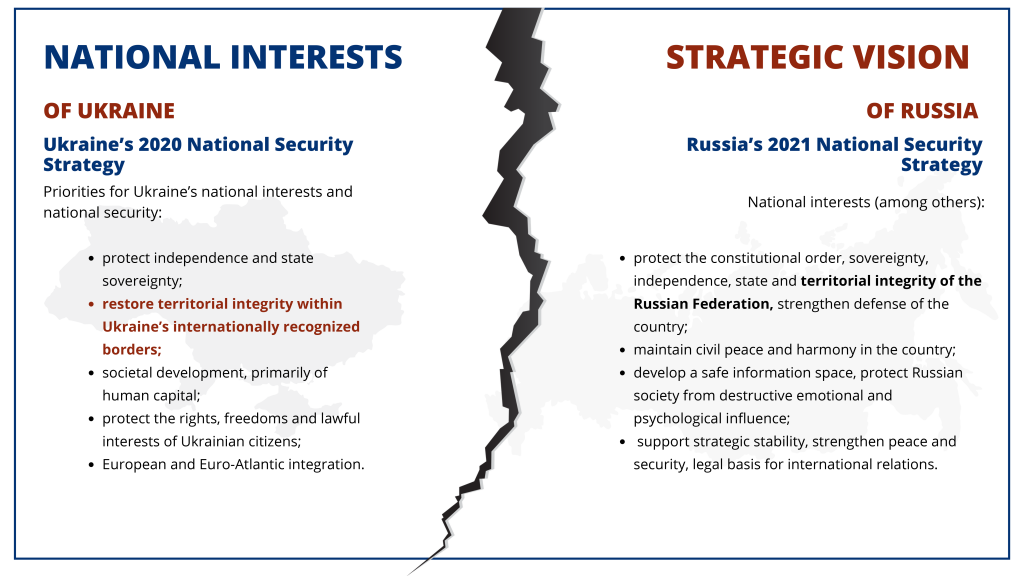Ukraine and Russia have asymmetric potential in the military, economic, demographic and other domains. This will not change in the foreseeable future. However, this should not necessarily have a fatal impact on their relations. Nor does it make Ukraine doomed to being under Russian influence or mandate that Russia sacrifice its prospects of democratic development, human and material resources for bringing Ukraine back to its orbit of influence. A policy that is pragmatic and oriented at quality rather than quantity growth, and rational use of the potential and the key factors of Ukraine-Russia relations taking into account regional and international contexts can eventually lead to a model of peaceful coexistence that is respectful of vital interests and security reasoning of all parties.
Despite multiple formal recognition of the principles of equal sovereignty and non-interference with each other’s affairs, the modern history of Ukraine-Russia relations has largely been defined by Moscow’s desire to keep Ukraine in its orbit and Kyiv’s attempts to walk away from the Kremlin’s influence while maintaining economic benefits of cooperation with Russia. During the first two decades after the collapse of the Soviet Union, Russia recognized Ukrainian statehood, even if nominally. Since the late 2000s, Russia’s leader Vladimir Putin has been denying Ukraine’s statehood — behind closed doors initially, then publicly — considering it an artificial “creation of the Soviet epoch.”
The policy paper discusses the following issues:
Hybrid Confrontation
Strategic International Factors

Asymmetric Potentials and Opportunities

The Factor of International Support 
Economic and Domestic Political Factors

Conclusions and Recommendations




